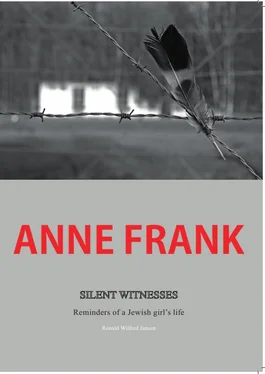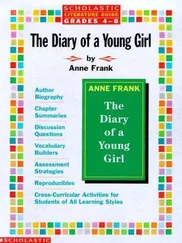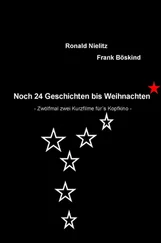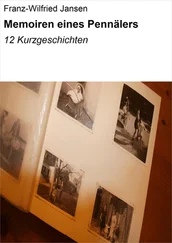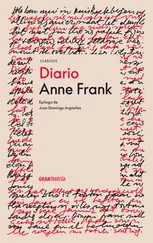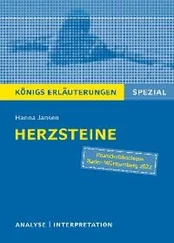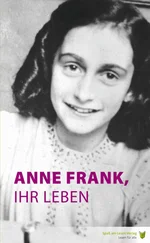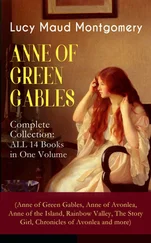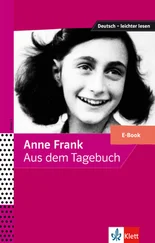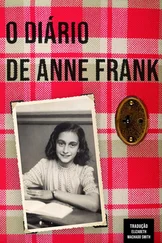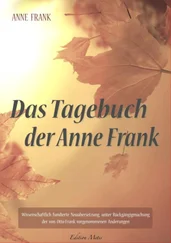Some who were born during or shortly after the war are too young to remember anything concrete about that time. For many survivors, a visit to their old neighbourhood, the Rivierenbuurt, is very difficult. Hilde Goldberg-Jacobsthal (born in 1925, hereafter referred to as Hilde) had not been to her neighbourhood since 1943. 37Sometimes a person’s health prevented me from having any contact; they understandably wanted to be left alone. Unfortunately, I had not been able to contact Hermine ‘Miep’ Santruschitz (1909- 2010) before she passed away. Miep was the last surviving helper of the people in the Annex.
In 2010, I had a telephone conversation with Anne’s friend Hanneli. This led to some new information on Anne’s places of residence in Amsterdam. I am grateful to her and to the many others who helped me, such as Bernard ‘Buddy’ Elias (born in 1925, hereafter referred to as Buddy), all of whom are mentioned in the ‘Special thanks to…’ section of this book.
Various websites offered me the opportunity to publish a general request for information about Anne and her residential environment. 38Through the ‘Zuidelijke Wandelweg’ 39and ‘Anne in de buurt’ 40community projects, I was able to reach people who did not belong to Anne’s direct circle of friends but who did have important information on her previously unknown places of residence. ‘Zuidelijke Wandelweg’ and some other websites contain valuable information on the Rivierenbuurt, where Anne spent many years of her life.
Several German papers 41only wanted to publish my request for sharing information about Anne if I paid them for it, which I declined because Anne is not a commercial product to me. What she left us is public cultural heritage.
Persons who have (in)direct experience of the war in Amsterdam provided me with a large amount of useful information about the war. 42Karel N. L. Grazell (born in 1928, hereafter referred to as 1 Karel), who became one of Amsterdam’s municipal poets, and Max C. van der Glas (born in 1938, hereafter referred to as Max) 43, who is a writer and Holocaust survivor, did not know Anne in person, but they do know Amsterdam and its history extremely well. 44I reached people through the internet whom I would not have been able to reach through any organisation. I would gather information on the architecture of buildings and neighbourhoods in Amsterdam mainly from websites of the Nederlands Architectuurinstituut (NAI, the Netherlands Institute of Architecture) 45, Gemeente Amsterdam Bureau Monumenten & Archeologie (BMA, the Amsterdam municipal agency for monuments and archaeology) 46and Joods Amsterdam (Jewish Amsterdam). 47Some elements that have disappeared from our landscape for good can be reconstructed virtually. I was fortunate enough to see Anne’s chestnut tree ‘live’ from the Annex before it was blown down in 2010, but it can also still be admired in The Secret Annex Online. 48The Secret Annex Online also served as a reminder during my reconstructions, and I would highly recommend it to anyone who has difficulty walking and would otherwise not be able to visit it.
I did not find any local papers that the Franks may have read during the war. Presumably, local papers were not distributed during WWII because paper was scarce and the strict German censorship suppressed their publication. Anne does not mention the Amstelodamum magazine that appeared during the war. However, an entrepreneurs’ magazine dated January 11, 1940 states that Anne solved their puzzle and could collect her prize. 49However, consulting archives, reading, interviewing people or looking up information on the internet did not suffice for the purposes of this book. Travelling deepened my connection with Anne’s environment, the distance between her places of residence, the size of her living space, and the elements reminiscent of her in the (urban) landscape. I could only experience the void Anne left behind by perceiving the world from her point of view.
I visited Amsterdam and Aachen again in 2010 and 2011 for the purpose of gathering additional information. The persons and 1 organisations involved provided permission to visit and record the locations inside and out, and I am very grateful to them.
Hopefully, the reader will be inspired to visit Anne’s places of residence and share their experiences with others so that more people will take up an interest in Anne’s cultural heritage, which extends beyond the Secret Annex, her diaries, and old photographs.
This book will hopefully contribute to the inventory and the preservation of the monuments that remind us of Anne. Private individuals, cultural institutions, research institutes and the government can contribute to this. A great deal of information about Anne is scattered, and there are things we still do not know.
It is important that the study of Anne’s cultural heritage stimulates research into the physical traces left behind by other war victims so that they all get the attention they deserve 50; after all, Anne is just one of millions of Holocaust victims.
1 http://www.annefrank.org/en/Education/Travelling-exhibition/Introduction-international- exhibition/ .
2 http://www.ymere.nl/ymere/index.asp?id=125(Dutch only).
3I published a small report on my journey in the Dachau Newsletter by the Foundation for Friends of Former Dachau Prisoners: Nieuwsbrief Dachau (Stichting Vriendenkring van Oud- Dachauers. Nr. 9 – December 1994) pp. 8-9. (Dutch only). The local media also covered the Jugendbegegnungszeltlager (youth gathering) in which I participated (Süddeutsche Zeitung, 10 August 1994), p. 7 (German only).
4Reports of my journey were published on http://joodsactueel.be/2011/01/03/in-de- voetsporen-van-anne-frank-1929-1945/and in a heritage magazine: Jansen, Ronald Wilfred. Stille Getuigen. Sporen van Anne Frank in het (stedelijke) landschap [Silent Witnesses. Reminders of Anne in the (Urban) Landscape], in: Monumenten. Hét tijdschrift voor cultureel erfgoed [Monuments. The Cultural Heritage Magazine] (Volume 32, issue 5, May 2011) (both Dutch only).
5My English photo book: Jansen, Ronald Wilfred, Anne Frank. A Memorial Tour in Current Images (2009) and its Dutch original are listed in the catalogue of the German National Library ( http://d-nb.info/998592757). The English version is part of the United States Holocaust Memorial Museum library collection. ( http://catalog.ushmm.org/vwebv/search?searchCode=GKEY%5E&searchType=0&searchAr g=memorial+tour+in+current+images). ‘ In his photo book, Ronald Jansen reveals how our physical landscape contains reminders of Anne’s arrival and departure, presence and absence. Jansen tours Anne Frank’s home addresses, her hiding place and the concentrations camps where she was imprisoned, i.e. Westerbork, Auschwitz-Birkenau and Bergen-Belsen. In his report of this project, which he himself describes as a memorial tour or historical journey, Jansen takes old photos from the archives and puts them next to the pictures he has recently taken from the same perspective. One of the photographs, taken in the summer of 1932, shows three-year-old Anne playing with water in her garden. The photo taken decades later portrays the stones that were once a part of this scene. The building and the courtyard [Ganghoferstrasse 24, Frankfurt am Main, Frank family residence] are still there, but there are no children playing. In this way, Jansen captures the void Anne left behind.’ (Borgman, Erik and Liesbeth Hoeven, Sporen van afwezigheid. Gedenken in stemmen, stenen en stilte [Traces of Absence: Commemorating in Voices, Stones and Silence] (Zoetermeer, 2011), p. 55. The residence stated in the books published by Unibook—which have been withdrawn from the market—is incorrect: Anne did not reside at 5 Liebfrauenstrasse in Eschweiler at this time but at 5 Elsa-Brändström-Strasse in Aachen. I am grateful to the Anne Frank Stichting for pointing this out to me (email dated 14 August 2009). The paperback edition available through CreateSpace does state the correct address and also contains a current photo of the building. This English edition is available in full colour (ISBN 9781466281936) or in black and white (ISBN 9781463714345). Since 2011, my photo book has been available in the Netherlands and Belgium through POD publisher www.mijnbestseller.nl(ISBN 9789491080555 (English version) and ISBN 9789491080432 (Dutch version)). In 2011, I also published a black and white paperback booklet on Anne Frank at Mijnbestseller: In de voetsporen van Anne Frank (Following the footsteps of Anne Frank, ISBN 9789081423847).
Читать дальше
